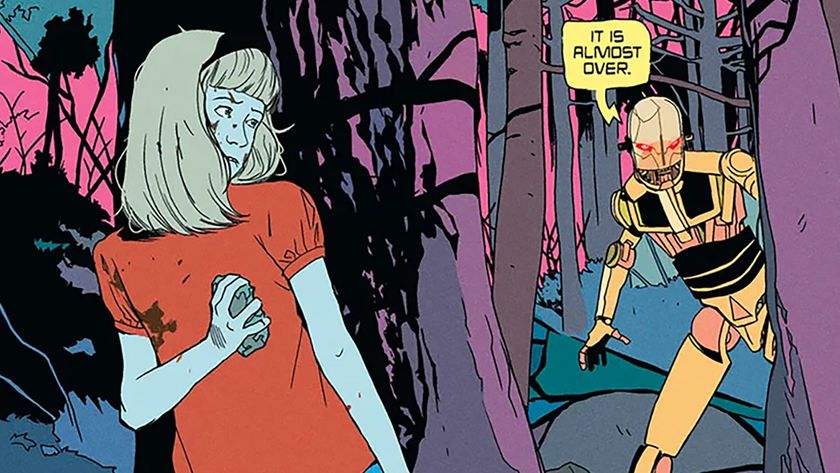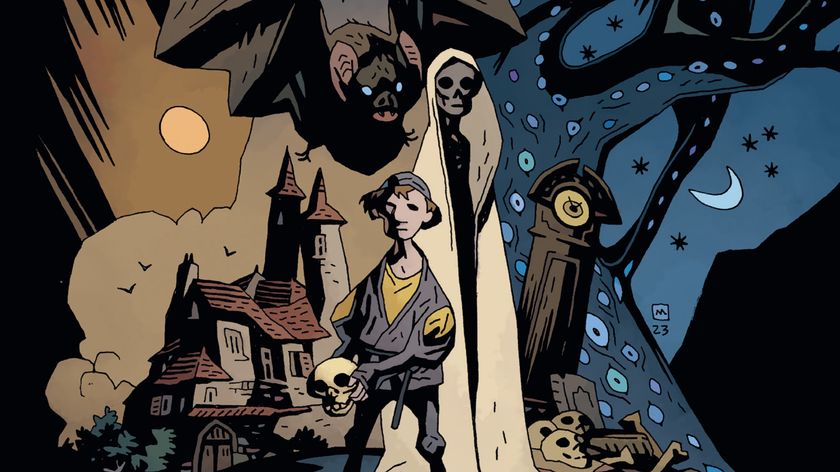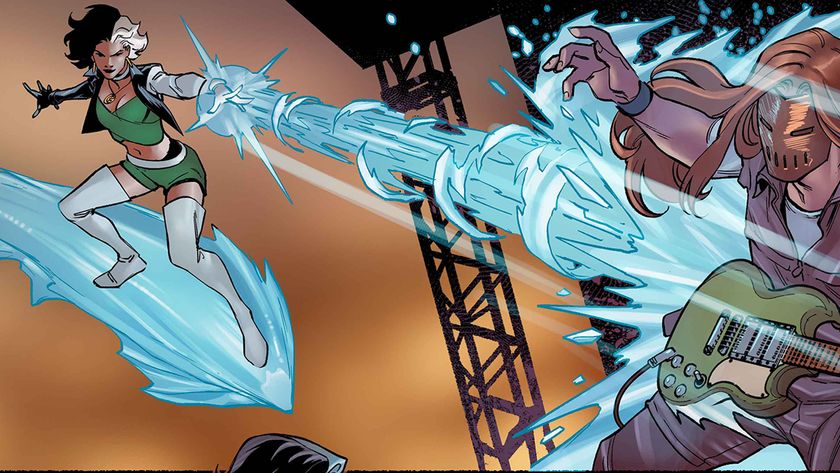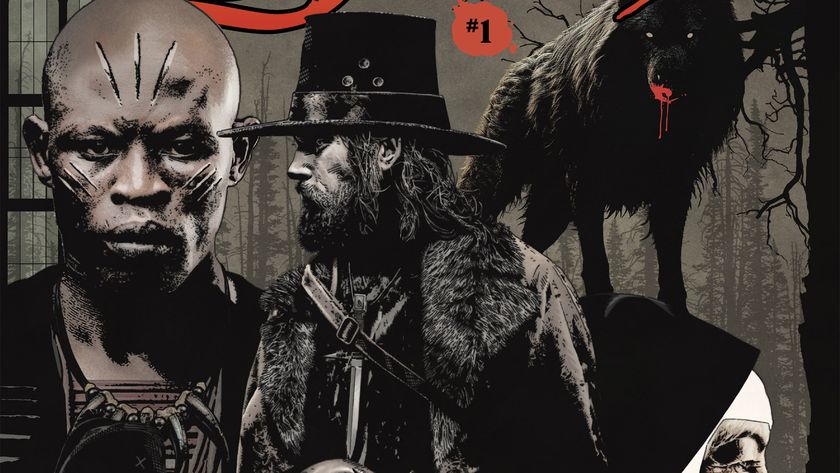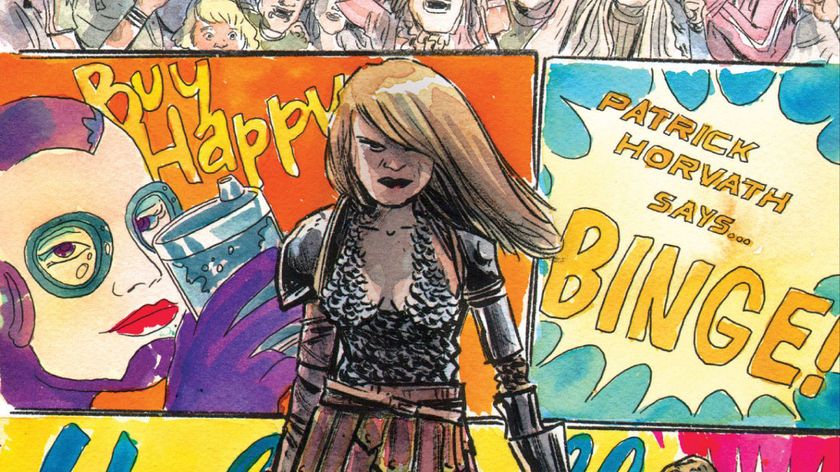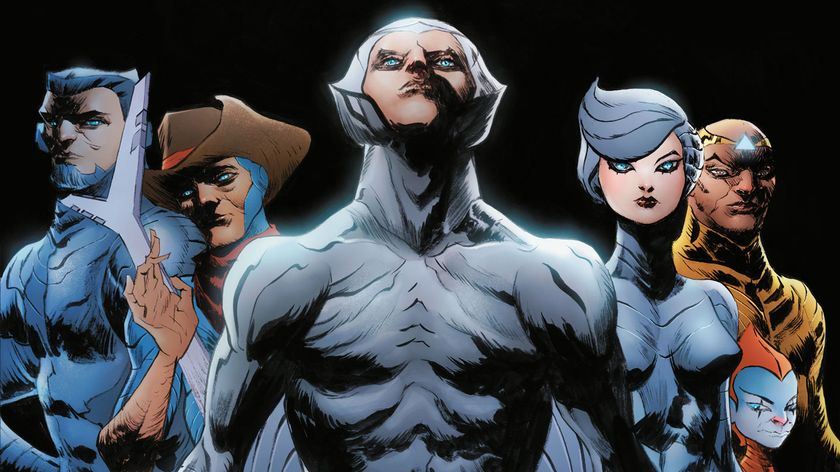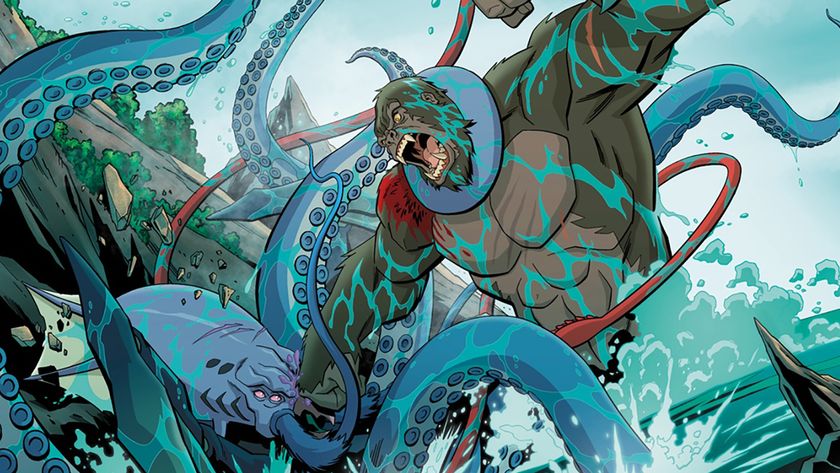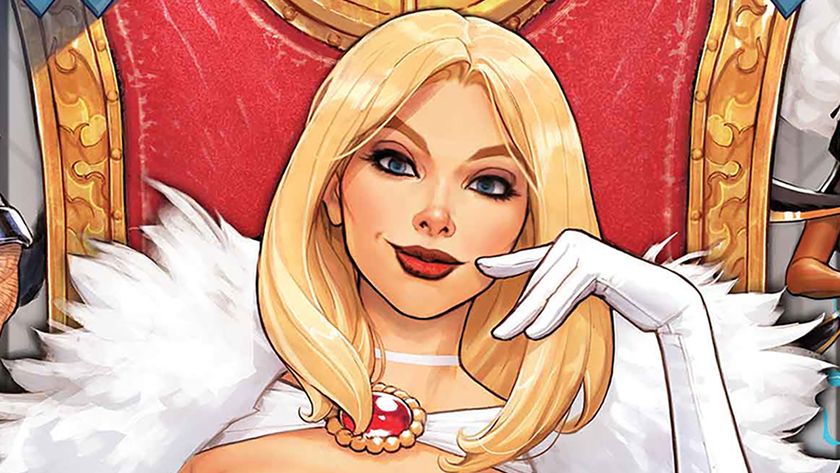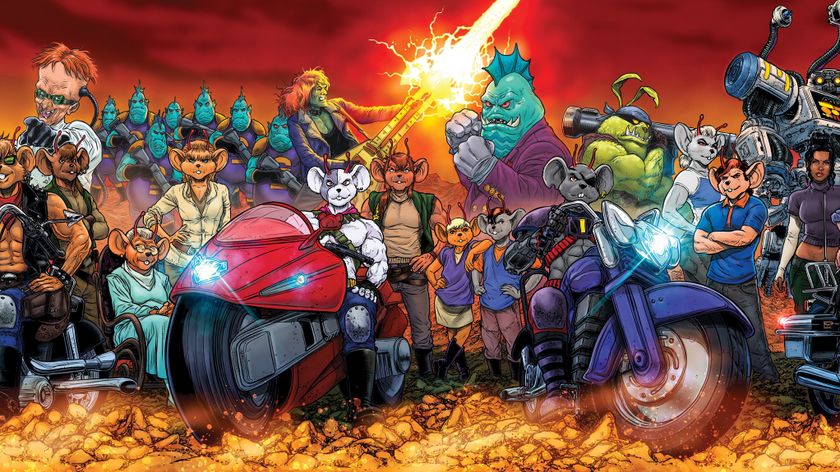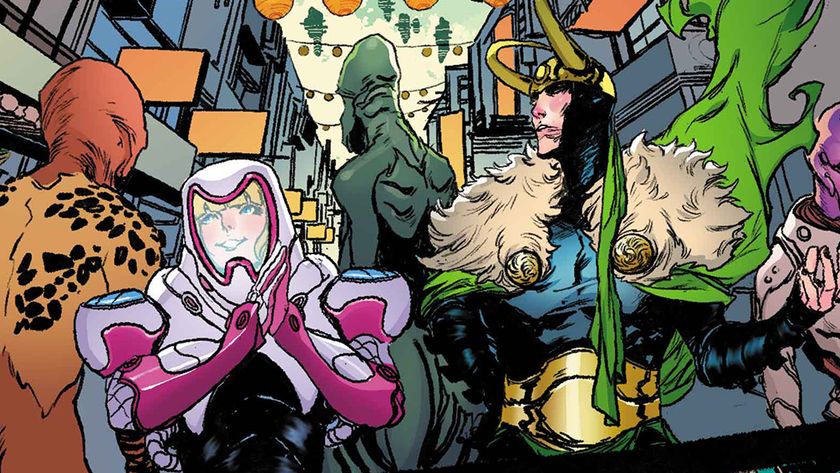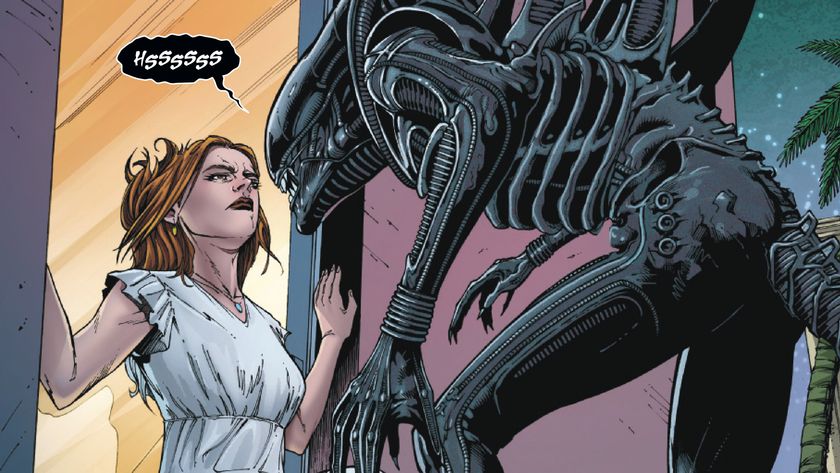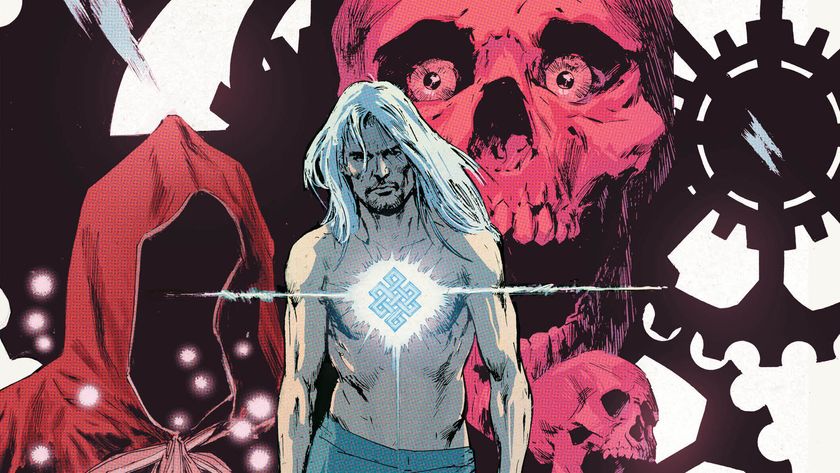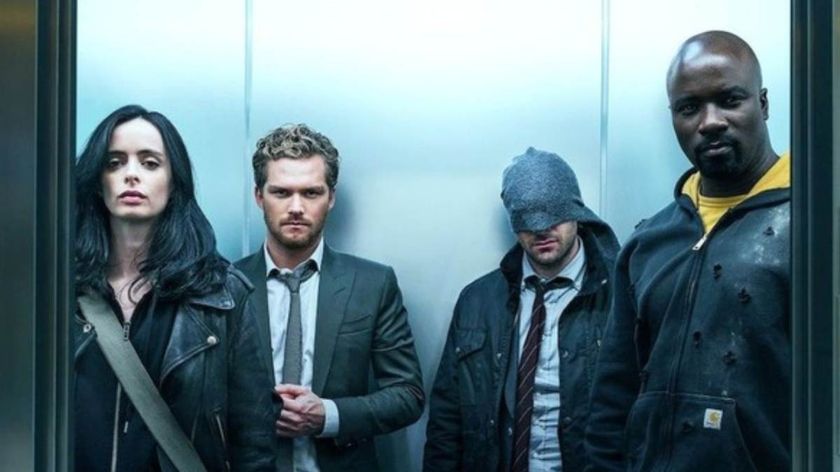Graphic novel Dying Inside is a new "supernatural emo-fantasy thriller" co-written by Fall Out Boy's Pete Wentz
Interview | Co-creators Hannah Klein and Lisa Sterle tell all about the upcoming book
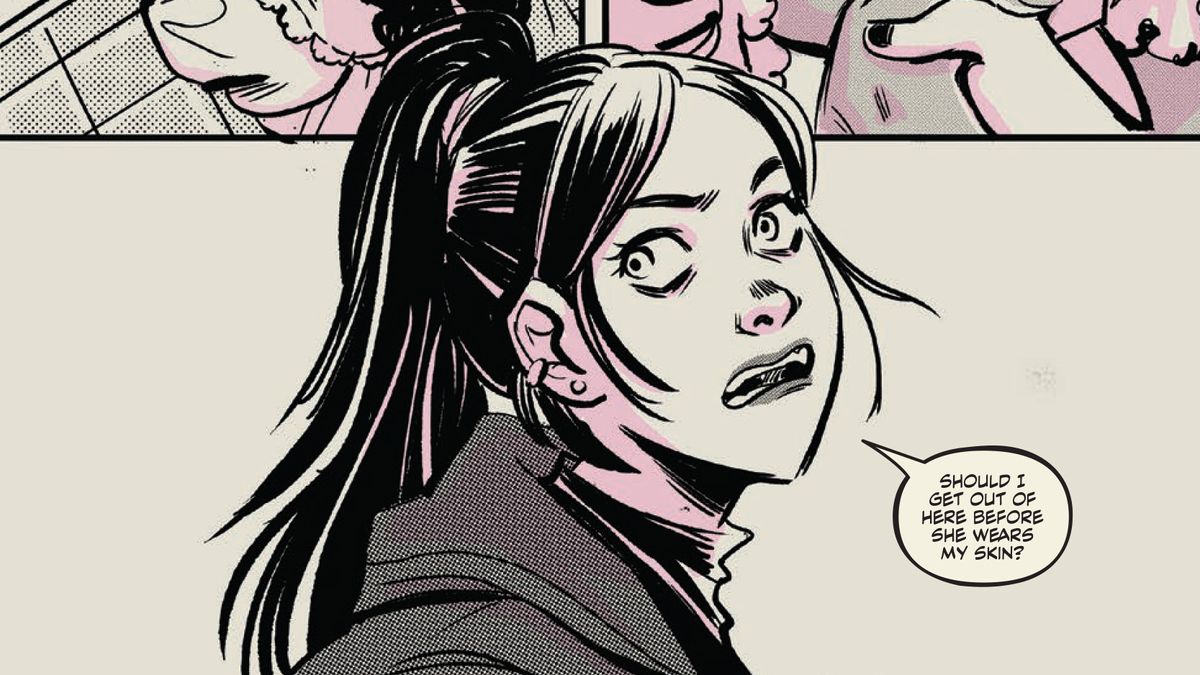
Music, magic, and new-found friendships combine in Dying Inside, a terrific new original graphic novel from Vault Comics' Headshell imprint, co-written by Fall Out Boy bassist Pete Wentz.
Described by the publisher as "a supernatural emo-fantasy thriller," Dying Inside follows a depressed teenager, Ash, who buys a cursed knife and ends up becoming immortal - her worst nightmare! When Ash befriends young witch Liv, however, everything changes.
Dying Inside is a very funny book, with beautiful art from Sterle, but it's also a serious exploration of depression. To unpick its themes further, we spoke to Klein and Sterle about the graphic novel, their collaboration with Wentz, and how they approached creating a funny book about a serious topic. And we should say right up front that this interview - and the graphic novel in question - discusses suicide.
- We're Taking Everyone Down With Us forces a young girl to reckon with her father's villainous legacy in a world of "superspies, power hungry madmen, and delusional world leaders"
- Hellboy creator Mike Mignola introduces a new folk horror shared world in Bowling With Corpses that will "Take inspiration from old stories and make them our own"

Newsarama: Hannah and Lisa, just briefly, can you tell us a little bit about the story of Dying Inside?
Hannah Klein: It's about a young girl overwhelmed by her depression who tries to kill herself but a "cursed" (aka blessed in my opinion) knife gives her the gift of immortality and from there we dive into themes about finding your community, safe practices in mental health spaces, the intense love of female friendship, and bodily autonomy. We packed a lot into this book!
Lisa Sterle: Emo teen obsessed with Elliott Smith meets bubbly magic teen, hijinks ensue!
The two main characters are Ash and Liv. What can you say about them?
Comic deals, prizes and latest news
Get the best comic news, insights, opinions, analysis and more!
Klein: So Ash and her unexpected friend Liv actually represent two different sides of myself funnily enough. Ash (think: ASHES) is the darker, more cynical part of me and Liv (think: LIVE) is the optimist within me. So I'd say Ash represents who I was before I actively found more levity and beauty in life.
Sterle: Ash is a sardonic teen girl with depression and suicidal thoughts, as well as an obsessive music nerd and aspiring musician. Ash and Liv actually both remind me of myself in a lot of ways when I was younger. I didn't realize I had depression and anxiety and that they could be treated with therapy and medication until my mid-20s. I think I would have struggled a lot less had I realized that's what I was experiencing. I hope these characters can help others out with their own mental health struggles, and help them feel seen and understood as well!

You created this book with Pete Wentz from the band Fall Out Boy! How did that come about?
Klein: So, I originally pitched this idea for a film and Pete had the idea to make it into a graphic novel! The story and visuals were just so perfect for this medium and luckily, Vault agreed.
Sterle: I've worked Adrian Wassel and Vault Comics on a few comics in the past, and Adrian knows my love for witchy stories very well. So I'm pretty sure that's why he reached out to me to be the artist for Dying Inside, and when I read Hannah and Pete's story pitch I was totally sold.
Were you either of you Fall Out Boy fans before working with Pete?
Klein: I have been a fan of Pete's since I was 11. This isn't my first time working with him, as we have many projects together and it never ceases to amaze me how truly wonderful he is as a collaborator. Outside of the fact that he is so easy to work with, he also is randomly a genius and can spit out poetry verses like it's nothing. And I'm like oh right. You're a lyrical genius. I temporarily forgot. Slay.
Sterle: I am definitely part of the generation that grew up listening to Fall Out Boy. Teenage Lisa would be stoked to find out I made a comic with Pete Wentz, who has been an absolute pleasure to collaborate with.

Hannah, how does your collaboration work on the writing front? Are you constantly going back and forth with ideas and script pages?
Klein: Sometimes! He's definitely up to date on all pages at all times but oftentimes, we generally plan what will take place in the scene and he's incredibly trusting of what I'm putting onto the page. He is not a micro-manager so our style of collaboration is we do the big brush strokes together and then I go in and fill in some of the spaces. Does that make sense?
You're touching on some heavy themes here, even though the book is also a lot of fun. Is that a hard balance to strike?
Klein: This is kind of my main writing style if I'm being honest so it comes naturally to me. I am big on writing about tough topics with a spoonful of sugar to help the medicine go down. But it's definitely nerve-wracking because out of context, certain scenes and descriptions may seem insensitive or outrageous. So I always just think, "Please, please read the whole thing before you freak out! I have a point I promise!"
Sterle: We definitely had lots of conversations about what we should and shouldn't depict, and how to do so effectively. The book may not be for everyone, and it certainly felt like a creative risk at times. But I really tried to pour my heart and emotions onto the page in this one, and I hope it shows. I have a lot of love for these characters, and this story.

Lisa, this is a beautiful-looking book. Could you tell us a little bit about why you chose this particular style to tell Ash's story?
Sterle: Oh man, thank you! The art in this book is truly a culmination of years of figuring out what I wanted to achieve in comic illustration. I have always loved manga, and screen tones, and punk zines, and magical girl comics and this was the absolute perfect story to express that.
Your use of color throughout is very deliberate. Can you say a little about why you chose to use a restricted palette?
Sterle: The first comic I ever published, Long Lost, has a similar approach to color. I wanted to step back into coloring my own work like that, but I wanted the color to be minimal. I think that negative space and what is left empty on a page can communicate just as much to the reader as what's in the panels.
Also, it's a pretty emotional story, and symbolically it's tied a lot to the color. Whether it's being used to create the mood of a scene, or reflect a characters inner thoughts.

Music is a big part of this book. How much of a role does it play in your creative lives?
Klein: Music completely colors in my life in every way. I'm typically a screenwriter (this is my first foray into graphic novels) and in every script, I have very specific music cues and lyrics written into the actual scene that I hope will get approved later on. So being able to do that for this project as well was very exciting. Plus, I am the creative director of the band Daisy Grenade who make a special appearance in the book and so whenever I'm working with them, I literally am working in the music business on the side! It all blends together for me. A great soundtrack can take a project from good to great.
Sterle: There was already a playlist that Hannah had created for the story before I even joined the project, and I took one glance at it and was so excited because we have very similar music tastes. We totally vibed to the same songs and bands when working on this book, and honestly I think it shows!
What are your hopes for Dying Inside?
Klein: I hope that it reaches the right audience who will find it hopeful, entertaining, and maybe inspirational? I don't want to put too much pressure on it. Even if only one person loves it or sees themselves in it, I'd be happy.
Sterle: I hope all the former and current emo teens of the world feel seen when reading this comic. I hope they listen to their favorite music when reading it, and talk about it with their best friend. I hope we get to see more of this world for sure!
Dying Inside is published by Vault Comics' Headshell imprint on September 17.
In other 'rock stars write comics' news, Gerard Way has a new series, Paranoid Gardens, on the way.

Will Salmon is the Comics Editor for GamesRadar/Newsarama. He has been writing about comics, film, TV, and music for more than 15 years, which is quite a long time if you stop and think about it. At Future he has previously launched scary movie magazine Horrorville, relaunched Comic Heroes, and has written for every issue of SFX magazine for over a decade. He sometimes feels very old, like Guy Pearce in Prometheus. His music writing has appeared in The Quietus, MOJO, Electronic Sound, Clash, and loads of other places and he runs the micro-label Modern Aviation, which puts out experimental music on cassette tape.
